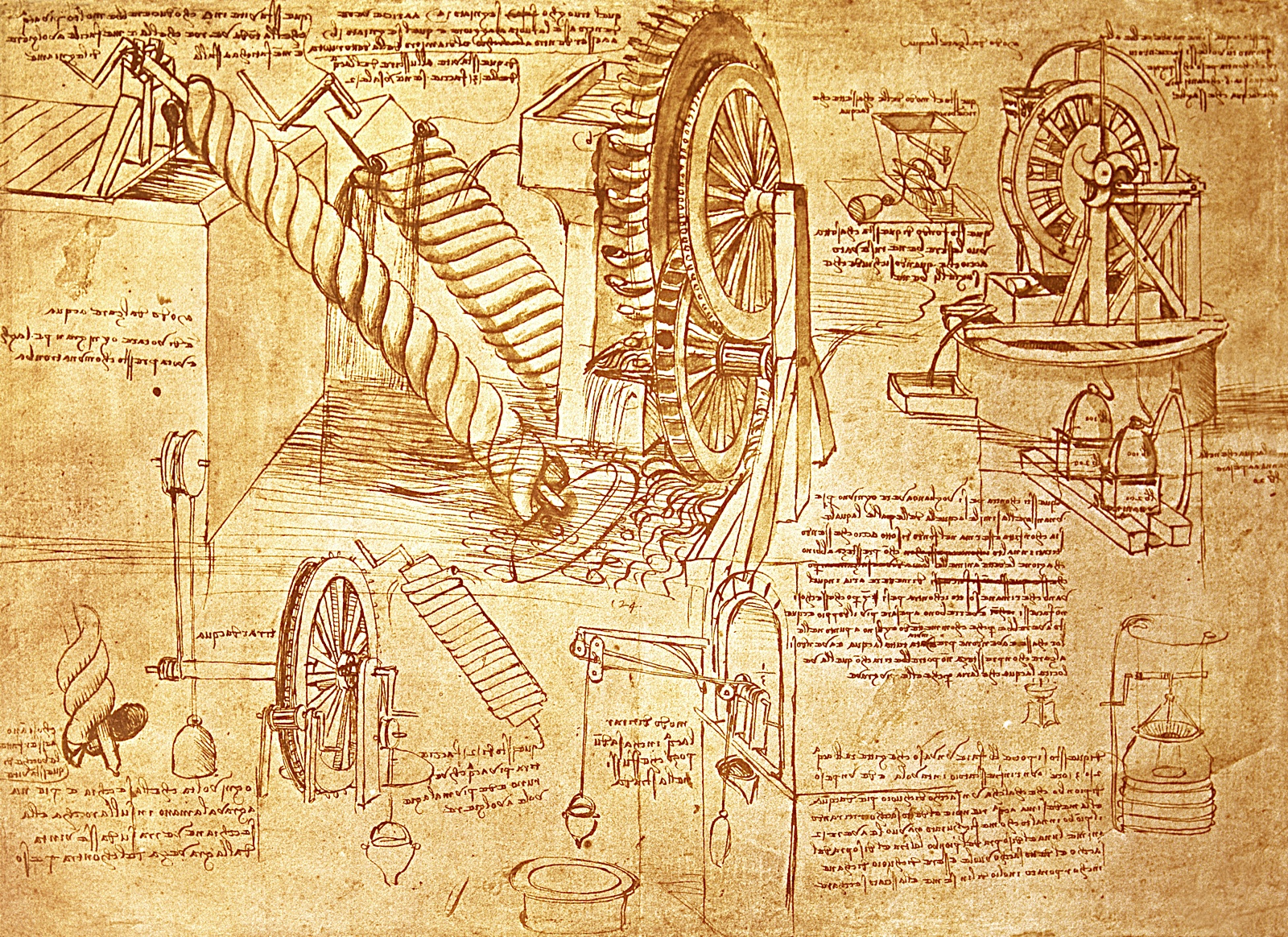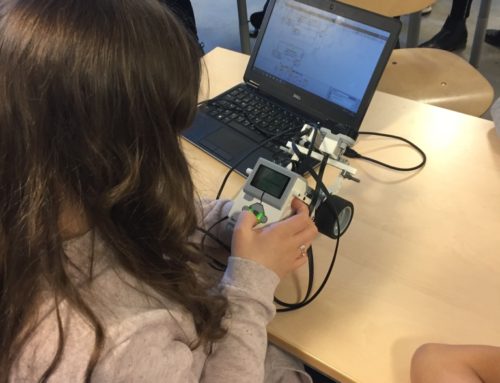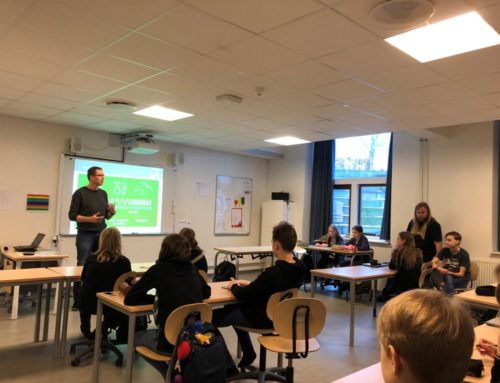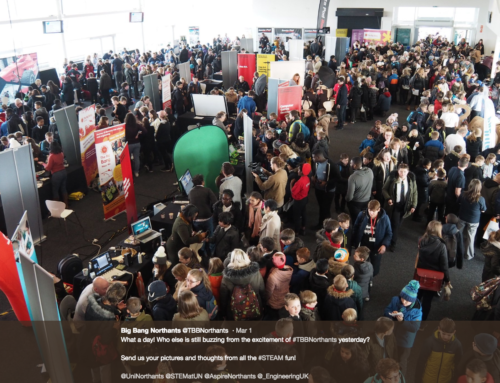Project Description
Leonardo Da Vinci (LDV) was not only known for his inspiring art work but also his interest in science, engineering, maths and nature.
A project based on LDV where children can study his art and his mechanical engineering projects, compare similarities and differences then even build their own.
Before creating their own machines, children need to understand the concept of gears, motors and how machines work. This could be through previous knowledge, or experience or built into the initial exploration of LDV; by looking at some of his designs and models, and seeing how they work and how the mechanics differ.
Once children have a good grasp of these concepts, they could be split into small groups and design their own model. This brings out creativity by allowing children to either create something entirely their own or adapting an existing concept. The skitch app could be a good way of adding annotations to a design. Also,using a collage app to see everyone’s designs could be helpful to those children that like to magpie ideas.
During the design stage, children use all factors of STEAM. Science for understanding the properties of materials and those core hypothesising and observations skills. Children could test different materials for suitability and hypothesise the outcome beforehand.
Technology for understanding which tools they will need to use and why. Children may also need to learn how to use tools such as saws and hammers safely.
Engineering for understanding how their design will start to form into a real model.
Art for the creativity during the actual design, the use of colour and materials. The children would discuss and explore the use of colour in LDV’s artwork and how this colour effects the feeling of the painting. They would then use this experience to choose colours for their own models and explain why blue can make us feel melancholy or cold or yellow can make is feel happy.
Finally, maths for the use of measurements, ratio and scale.
During the actual building stage, there are many options teachers have, dependant on class ability and age. The use of LEGO kits are a great way to make the exercise predominantly child led; this is because most children already have some experience of LEGO and the risks of injury are low. Other options such as just piles and materials and letting the children “get on with it” can also be great options depending on the class. This allows the teacher to observe who needs support and offer either whole class or just small group tips. A limitation of this is that children would need to be fairly independent and need to have good group working skills.
Once the create stage is finished, an extra layer of competition could be added by testing the models for strength or durability.
These tests would also assist children when evaluating their designs/ models.
Pictures of these designs, creations, testing and evaluation could be put into a Padlet/ blog and shared with parents.
All in all, a project on LDV could have many angles and this is just one of those.
During this project, I have turned STEM into STEAM by using the use of colour to link in as a part of the project, not just an add on.
Abigail Brown – turning STEM into STEAM






